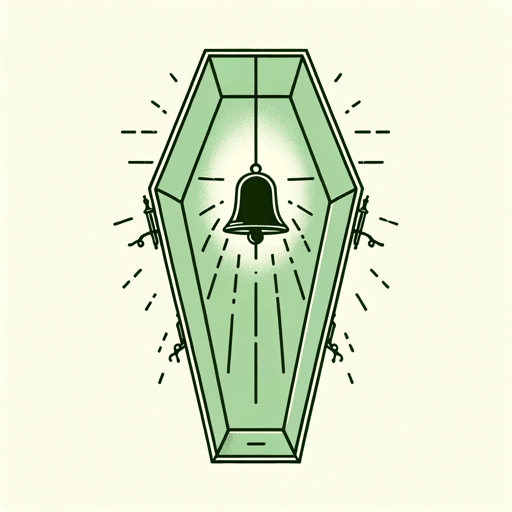26 pages • 52 minutes read
Edgar Allan PoeThe Premature Burial
Fiction | Short Story | Adult | Published in 1844A modern alternative to SparkNotes and CliffsNotes, SuperSummary offers high-quality Study Guides with detailed chapter summaries and analysis of major themes, characters, and more.
Summary and Study Guide
Summary: “The Premature Burial”
“The Premature Burial” is a short horror story published in 1844 by American writer Edgar Allan Poe that explores the fear of being buried alive, otherwise known as taphephobia. This condition is considered rare in contemporary times but was a common fear during the 19th century because, due to a lack of sufficient medical techniques and technologies, people were sometimes mistakenly declared deceased and accidentally buried alive.
The story revolves around an unnamed protagonist’s morbid obsession with the possibility of being buried alive and his desperate attempts to avoid such a fate. Ultimately, in what is sometimes considered one of Poe’s most optimistic moments, this fear is overcome through exposure therapy. This behavioral therapy technique, in which a person confronts their fear at a high level of intensity to overcome it, is often used to treat anxiety disorders. Poe’s narrator grapples with themes of anxiety caused by The Line Between Truth and Fiction and life and death, as well as the ability of visions and fantasies to create physical ailments and despair.
The story opens with the narrator discussing the idea that true historical disasters, such as earthquakes, massacres, and plagues, are more horrifying than fictional events. The narrator concludes that of all the horrible and frightening historical events, being buried alive is the most extreme and terrifying; he provides an example of a body in this situation creating “commotion” beneath the surface. He wonders at the “vague” boundary between life and death, especially those cases of people who have an unfortunate condition that causes them to seem dead when they are not.
Fear of premature burial becomes an obsession for the unnamed narrator. He becomes convinced that it is a common occurrence and that many people have been buried alive throughout history. He recounts numerous cases published in reputable journals and devises ways to prevent it from happening to himself. Eventually, he remodels his own family vault with numerous safety features, adding comfortable padding, food and water, a bell to alert people if he is still alive, and a means of opening it from the inside.
He describes his fear in detail and explains that he often has no memories upon waking from sleep. Even his dreams are haunted by images of death and burial, disturbing his sleep and deepening his paranoia. They include images of a woman becoming trapped by her shroud and shrouded bodies lying alongside worms. He describes one dream in detail: An unseen figure speaks to him, grasps his wrist, and shows him all the graves of humankind where millions of dead bodies struggle in a depressing state of unrest. His dream concludes with the unseen figure asking, “O, God, is it not a very pitiful sight?” (Paragraph 32).
The narrator’s fear is compounded by his struggles with a disorder called catalepsy, which randomly causes him to fall into unconscious trances that closely resemble death. The disorder appears to be getting worse over time, and he decides to rarely leave his home, struggles to allow himself to sleep, and makes his friends swear “sacred oaths” not to bury him until his body decomposes beyond preservation.
At the tale’s climax, the narrator wakes in a completely dark, coffin-like space and assumes he was buried alive. His fear grows as he reaches out for his preplanned safety bell, but it is not there. He concludes he must have been buried away from home, not in his own family tomb. Eventually, he cries out, hears some men’s voices in response, and soon remembers that he is, in fact, in the cabin of a small boat that he took refuge in during a storm. This intense exposure to his greatest fear helps him overcome his preoccupation with death, and he stops having cataleptic episodes shortly after this incident. This leads him to wonder if his phobia was the root cause of his symptoms, rather than the inverse. The story concludes with the narrator reflecting on the power of the imagination to create “the semblance of a Hell” and the need to experience terror to put it to sleep—or die (Paragraph 46).
In conclusion, “The Premature Burial” is a tale of obsession and dread that reveals Poe’s fixation with the macabre. The narrative also emphasizes the fragility of life and the importance of confronting one’s fears.
Related Titles
By Edgar Allan Poe

A Dream Within a Dream
Edgar Allan Poe

Annabel Lee
Edgar Allan Poe

Berenice
Edgar Allan Poe
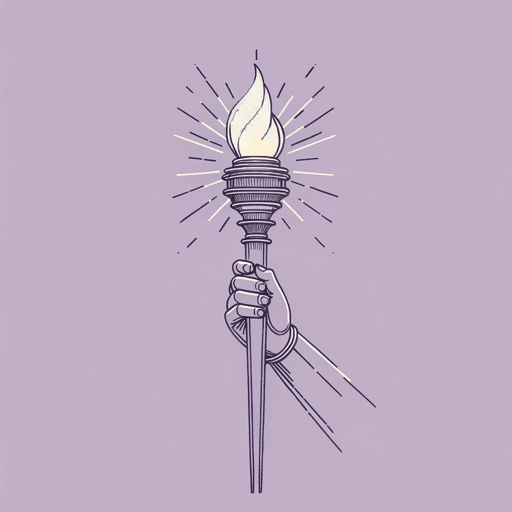
Hop-Frog
Edgar Allan Poe

Ligeia
Edgar Allan Poe
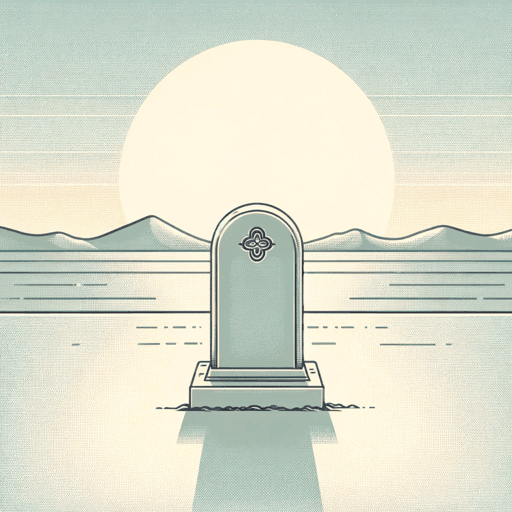
Tamerlane
Edgar Allan Poe

The Black Cat
Edgar Allan Poe
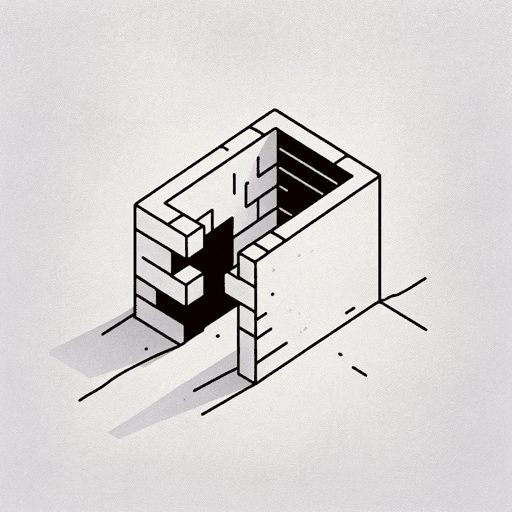
The Cask of Amontillado
Edgar Allan Poe

The Conqueror Worm
Edgar Allan Poe

The Facts in the Case of M. Valdemar
Edgar Allan Poe

The Fall of the House of Usher
Edgar Allan Poe

The Gold Bug
Edgar Allan Poe

The Haunted Palace
Edgar Allan Poe
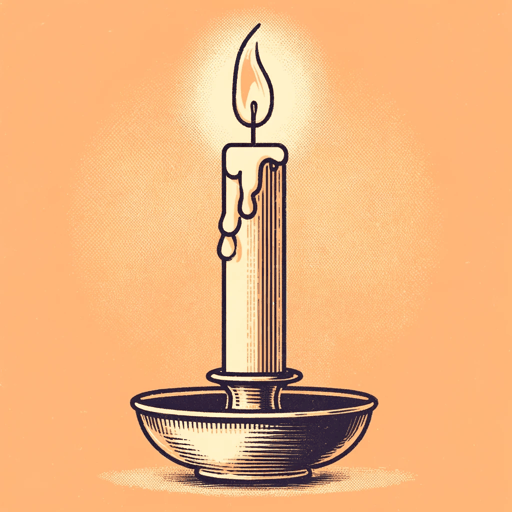
The Imp of the Perverse
Edgar Allan Poe

The Lake
Edgar Allan Poe

The Man of the Crowd
Edgar Allan Poe

The Masque of the Red Death
Edgar Allan Poe

The Murders in the Rue Morgue
Edgar Allan Poe

The Narrative of Arthur Gordon Pym of Nantucket
Edgar Allan Poe

The Oval Portrait
Edgar Allan Poe
